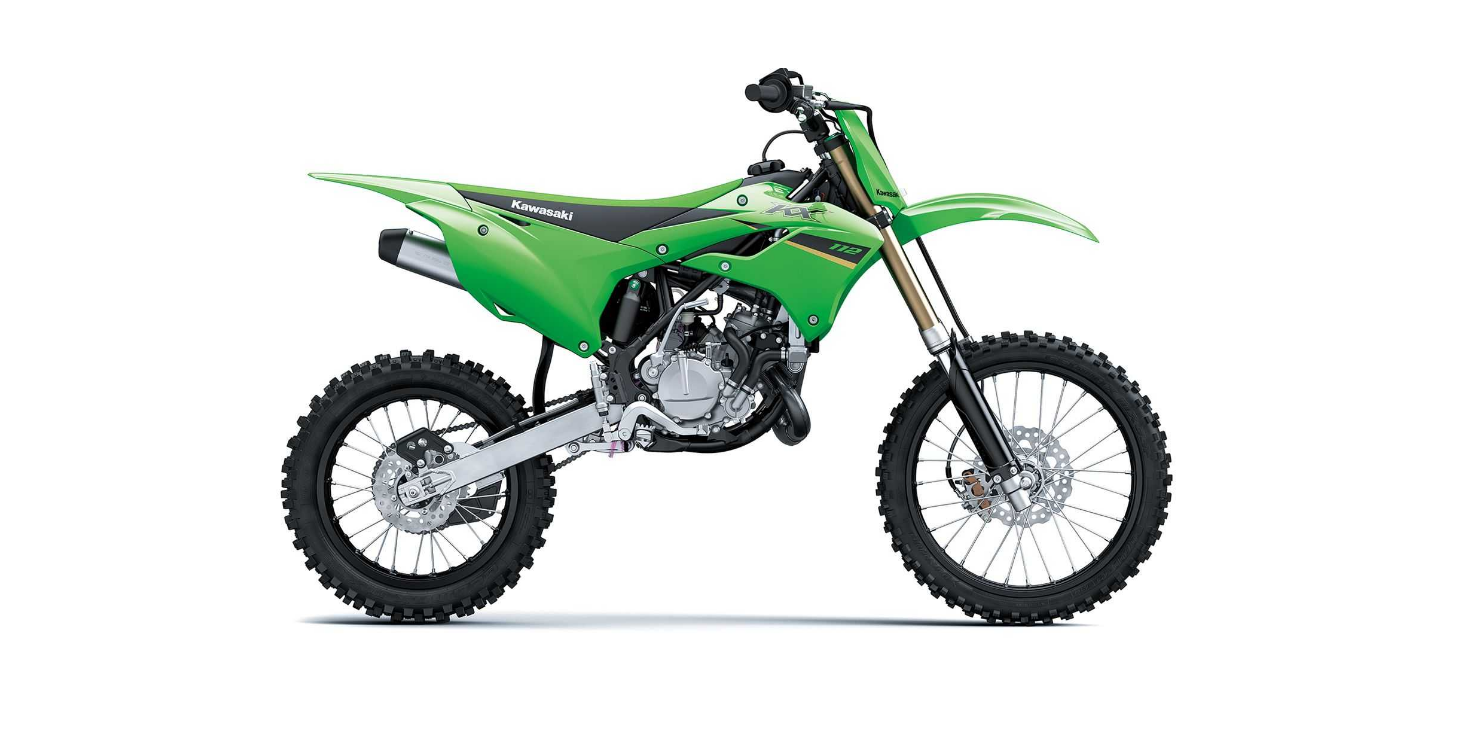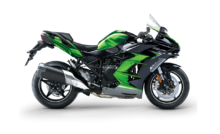KX112
2022 Kawasaki KX112 Gearing Owner’s Manual




2022 Kawasaki KX112 Gearing


Gearing
Selection of the Secondary Reduction Ratio (Rear Sprocket)
Rear Sprocket Selection According to Course Conditions
- If the course has long straight portions, the secondary reduction ratio should be reduced so that the machine speed can be increased.
- If then the course has many corners or uphills or is wet, the secondary reduction ratio should be increased so that gear shifting and acceleration are smooth.
- Since the speed must be changed depending on the ground condition on the day of the race, be sure to run through the circuit prior to a race and tune the machine accordingly.
- If there is a long straight portion of the course on which the machine can be run at maximum speed, the machine should be set so that the maximum speed is developed toward the end of the straight course, but care should be taken not to over-rev the engine.
- Since it is difficult to set the machine so it is best suited for all portions of the circuit, determine which circuit portions will have the greatest effect on lap time, and tune the machine to these portions. Confirm your settings by recording lap times after each change. In this way, the machine will deliver the best performance for the entire circuit.
Special Care According to Track Conditions
- In dry, dusty conditions (such as volcanic ash or fine powdery dust), special care must be given to keeping the air cleaner element clean.
- When riding on wet, heavy clay, mud adheres to the tires and other parts of the vehicle. The mud can add significantly to the weight of the vehicle and therefore reduce performance. Take care to remove built-up mud from the tires and chassis after each ride, before drying occurs.
- The engine works hardest in muddy conditions and the radiator can become clogged with mud. Take care not to overheat the engine in these con- ditions. The engine also works very hard when riding in deep sand.
- In muddy or sandy conditions, increase chain slack as the chain and sprockets will be packed with mud or sand, which reduces chain slack.
- Check chain and sprocket wear frequently when riding in mud or sand since the wear is increased in these conditions.
- Sticking mud or dust on the front fork inner tube and rear shock absorber rod could damage the oil seal, leading to an oil leak. Clean the sticking muds or dust from the front fork inner tube and rear shock absorber rod after each ride.
- In very dusty conditions, as the air cleaner collects dust, the mixture becomes richer and it may be advisable to apply slightly leaner jetting (main jet).
Recent Posts
VW Jetta Engine Fuse Box Diagram
Access the comprehensive 2010-2018 VW Jetta Passenger Fuse Box Diagram to troubleshoot electrical issues effectively.…
1 year ago
VW Jetta Passenger Fuse Box Diagram
Explore the comprehensive VW Jetta Passenger Fuse Box Diagram to troubleshoot electrical issues effectively. Understand…
1 year ago
2023 Ford F-150 Lightning Fuse Box Diagram
Under Hood Fuse Box Location Remove the front luggage compartment cover. Under Hood Fuse Box…
2 years ago
2022 Kawasaki NINJA H2 SX SE Brake Lever Adjuster Owner’s Manual
2022 Kawasaki NINJA H2 SX SE Brake Lever Adjuster Owner's Manual NOTICE Only adjust the front…
2 years ago
2023 Land Rover Range Rover Evoque Exiting The Vehicle Owners Manual
2023 Land Rover Range Rover Evoque Exiting The Vehicle SINGLE LOCKING WARNING Before exiting the…
2 years ago
2023 Land Rover Range Rover Evoque Front Seats Owners Manual
2023 Land Rover Range Rover Evoque Front Seats FRONT SEAT SAFETY Make sure to read…
2 years ago
